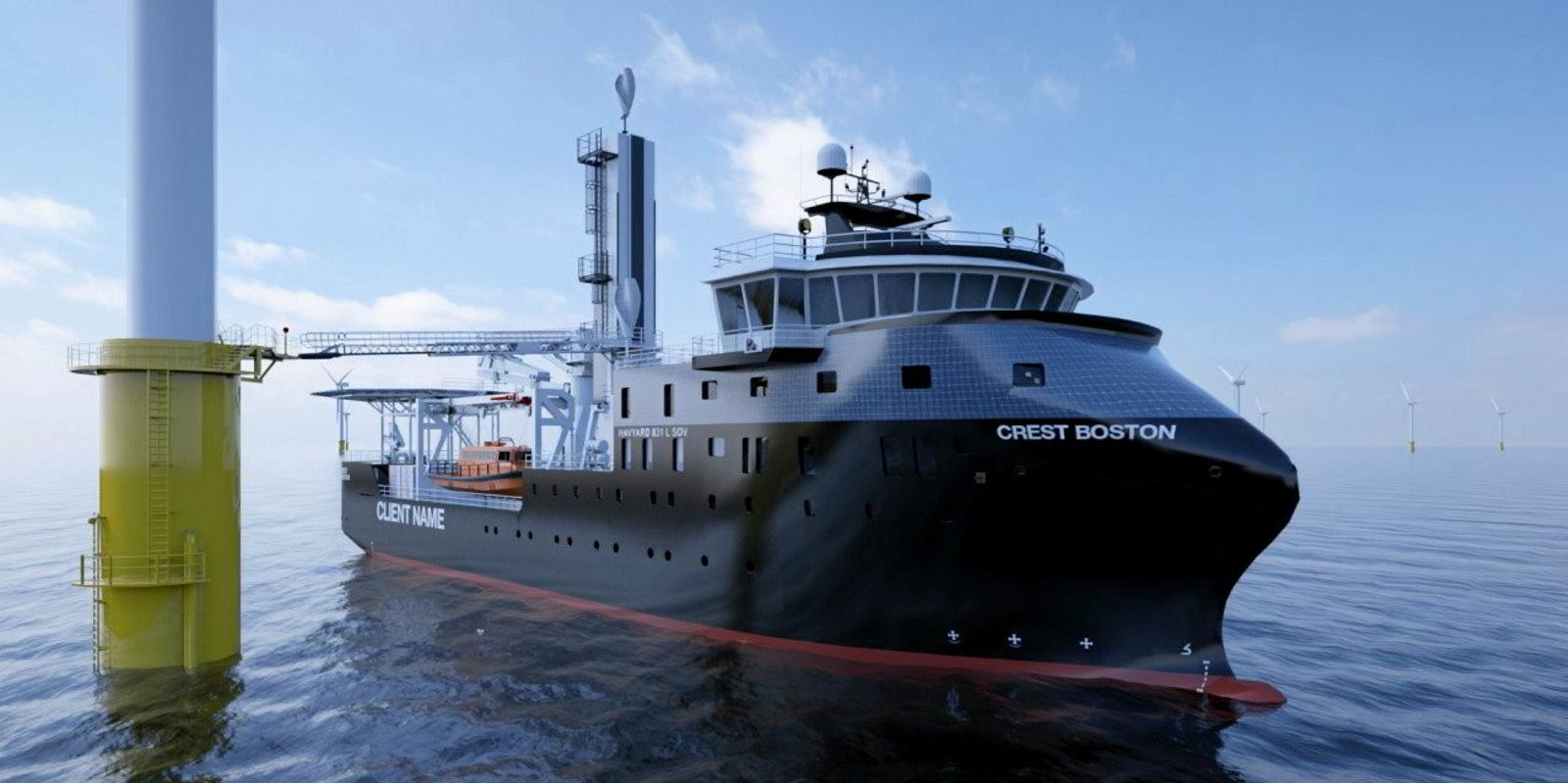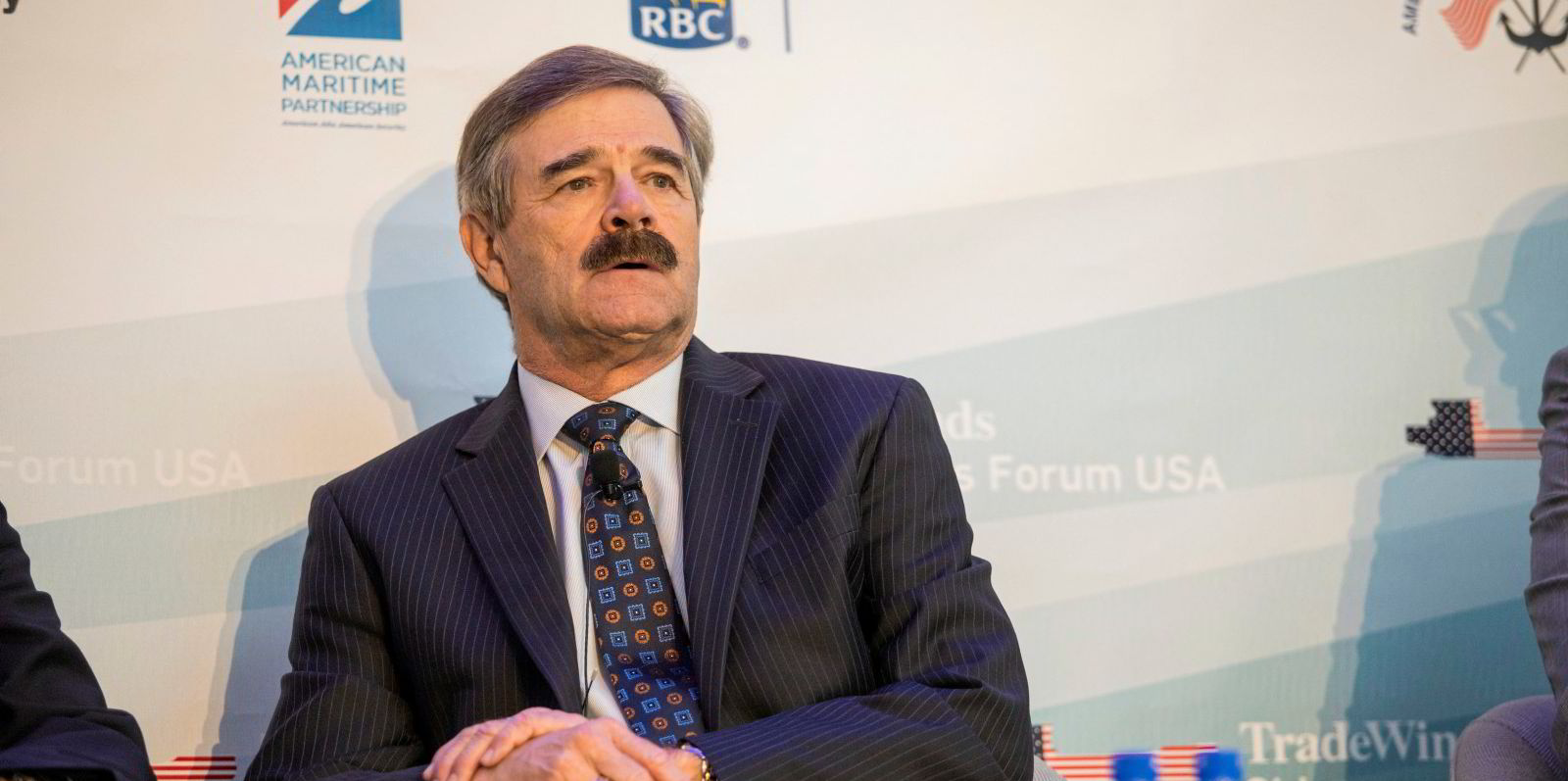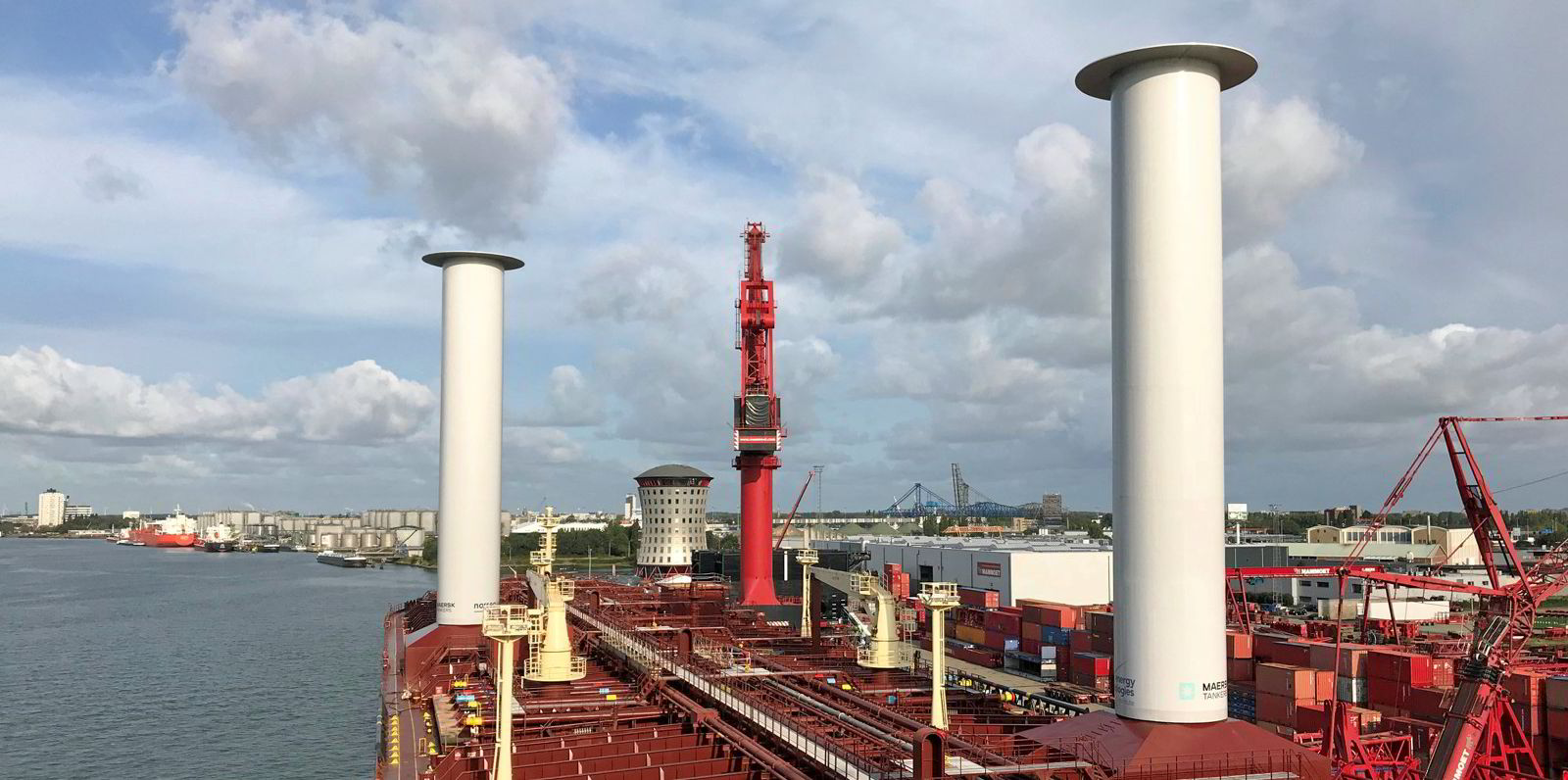Foreign companies are increasingly exploring US joint ventures to break into the country's hot offshore wind market.
With US President Joe Biden pushing for a massive expansion of offshore wind in an effort to meet ambitious climate change goals, foreign operators with experience in the sector are looking to link up with US-based companies to satisfy Jones Act requirements, Blank Rome partner Jonathan Waldron said during a webinar on Tuesday.
"Jones Act barges can be used for a lot of the operations to transport for a US port ... and then a special operations vessel [SOV], that is Jones Act work," Waldron said.
"What we're seeing is an incredible amount of expansion of foreign companies, because they have experience the US doesn't have, investing in the US to form joint ventures."
The Jones Act requires that vessels carrying cargo between two points within the US be owned, flagged, crewed and built domestically.
Some of the work could be carried out by foreign-flagged vessels, with Waldron identifying cable-laying vessels as one type of ship that does not have to adhere to Jones Act restrictions.
Crew transfer vessels would have to be US-flagged and could be a new source of work for players in the ailing offshore oil and gas industry, he said.
But other vessels would likely have to be specially-built for Jones Act work, Waldron said. SOVs are "very sophisticated, specialist vessels" that would make a difficult conversion for vessels currently used for offshore oil and gas work.
Large installation wind farm vessels are another class that would need to be Jones Act compliant, with a small number being employed in wind farm projects around the world, Waldron said.
So far, Virginia-based Dominion Energy is working on such a vessel at Keppel AmFELS in Bronsville, Texas. It would be the first of its kind to comply with the Jones Act upon delivery in 2023 and Dominion said it expects to support offshore wind projects "through 2027 and beyond".
In late March, Biden pitched a plan to provide 30 gigawatts of offshore wind energy by 2030, which he said would generate enough power for 10m US citizens while preventing 78m tonnes of CO2 emissions.

The White House said the plan would support 77,000 jobs, 44,000 directly in offshore wind and 33,000 more in "communities supported by offshore wind activity".
The commitment to offshore wind follows on from his January executive order explicitly stating that his administration would prioritise buying US-made goods and services and requiring transport on US-flagged vessels.
The most recent foreign-US tie-up came when Florida-based Crowley Maritime joined with Danish shipowner Esvagt to own and operate US-flagged SOVs.
Later that month, its vice president of new energy services, Jeff Andreini, said the company sees offshore wind as an "extremely long-term play" where significant returns can be made.
In 2019, Norwegian offshore player Ostensjo Rederi and US west coast firm Foss Maritime linked up to explore SOV opportunities.







